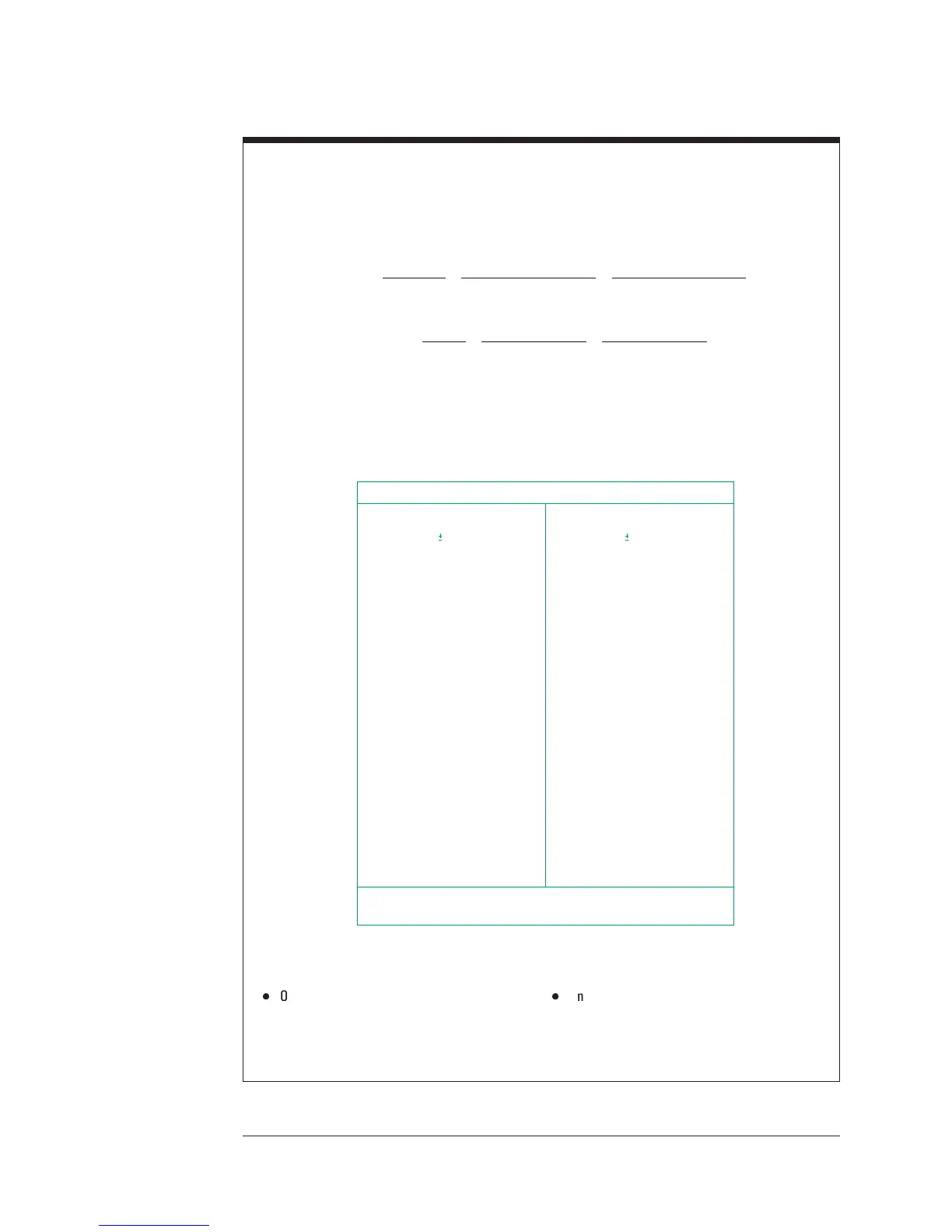Pole-Residue Data
This is how pole-residue data appears in a synthesis table:
(real part in table) (imaginary part in table)
H(s) =
H(s) =
(first conjugate term)
The table contains the following:
One simple pole and an associated simple
residue
One complex conjugate pole-pair and an
associated complex conjugate residue
You can generate the second conjugate term by conjugating the first conjugate
term.
86 154
250
43 077 244 62
500 2000
43 077 244 62
500 2000
.. .. .
af
a
f
afaf
a
f
a
f
afaf
a
f
a
f
s
j
sj
j
sj−−
+
−+−
−− −
+
−−−
−− +
86 154
250
43 077 244 62
500 2000
43 077 244 62
500 2000
.....
s
j
sj
j
sj+
+
−−
+−
+
−+
++
Analysis Synth Result: D8
POLES 3 SYNTH RESIDUES
-250
-500 j2e+3
86.154
-43.077 j -244.62
TIME DELAY=0 s
FREQUENCYSCALE=1
GAIN=1
Agilent 35670A
Synthesis Option 1D3 Operator's Guide
15-10
